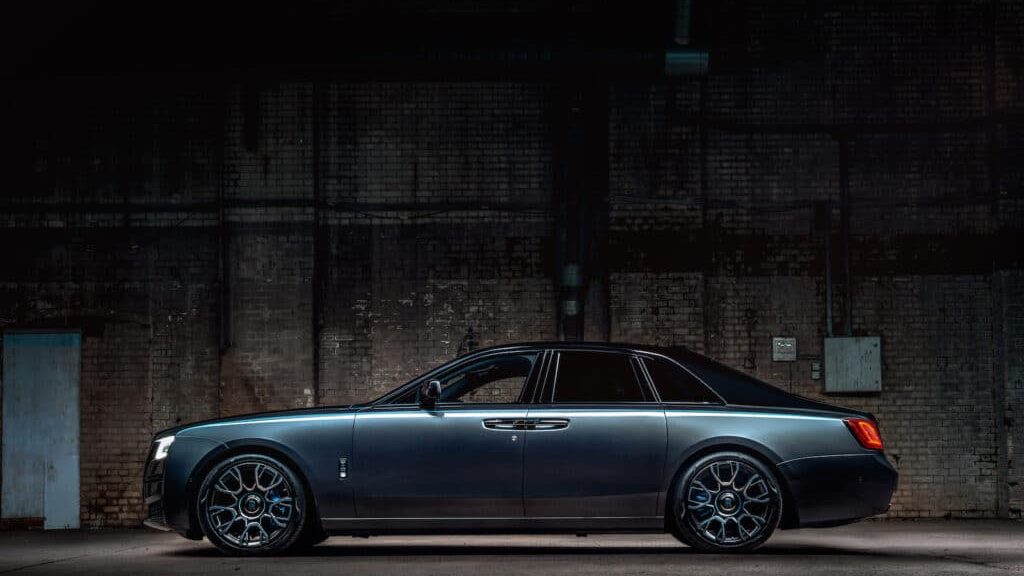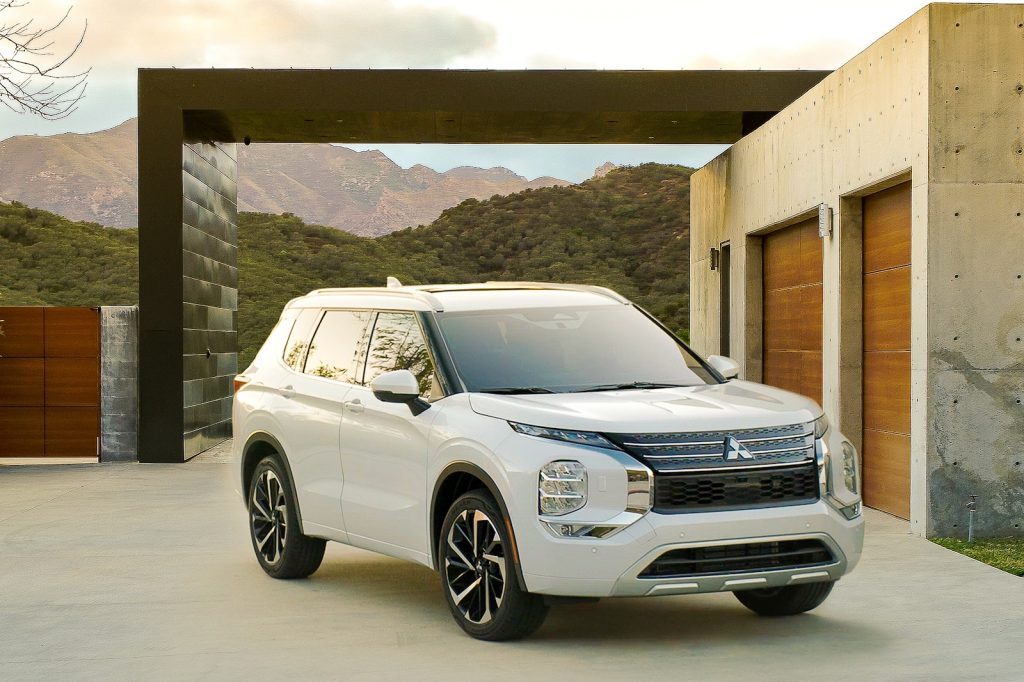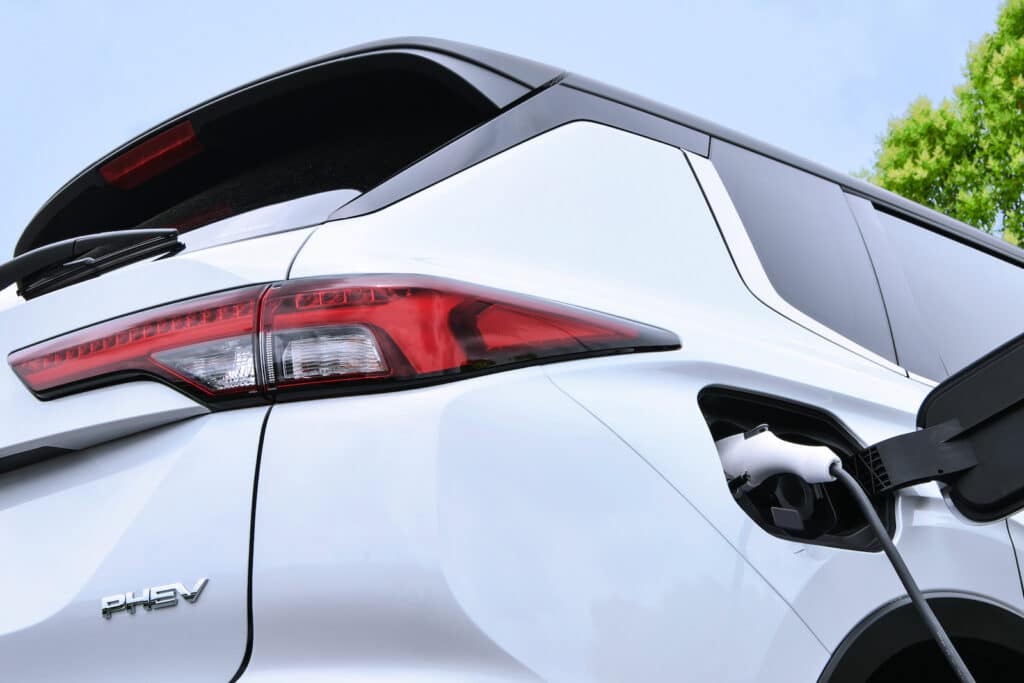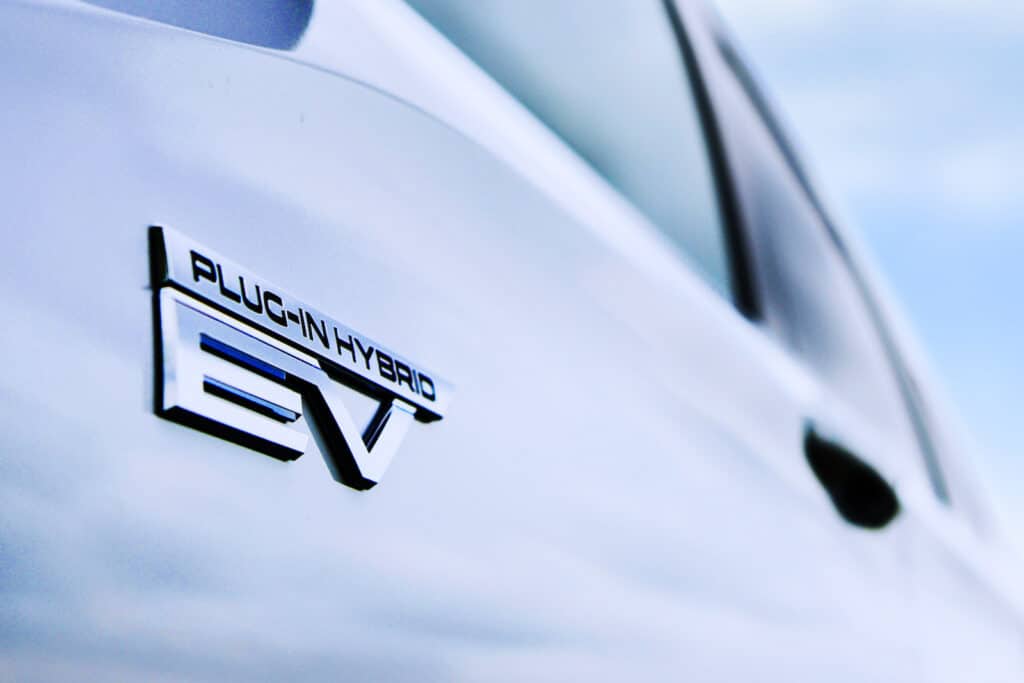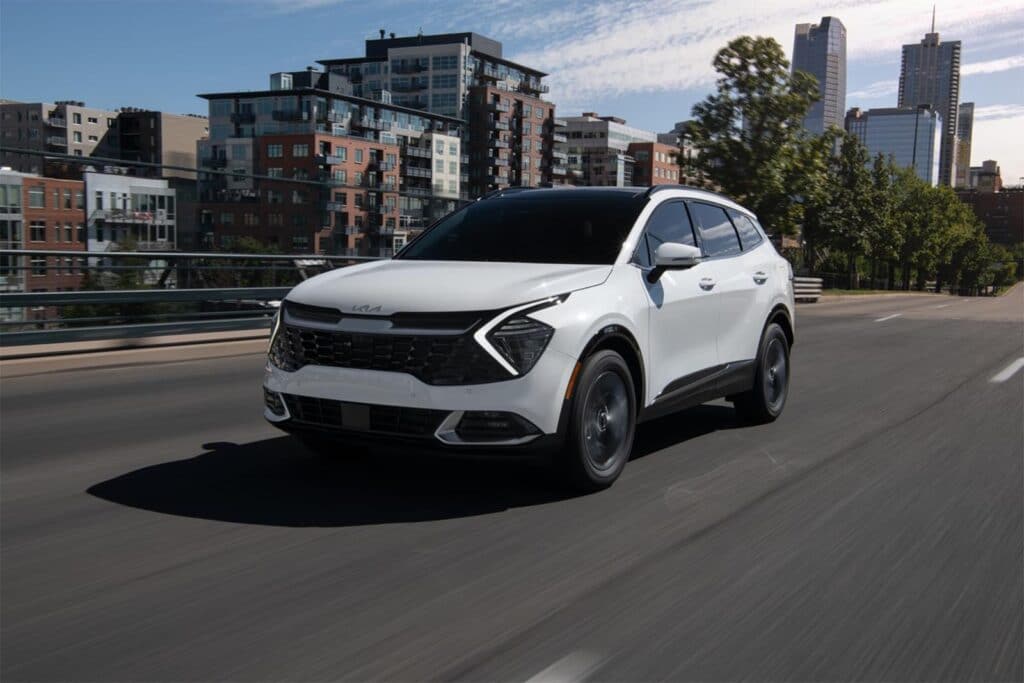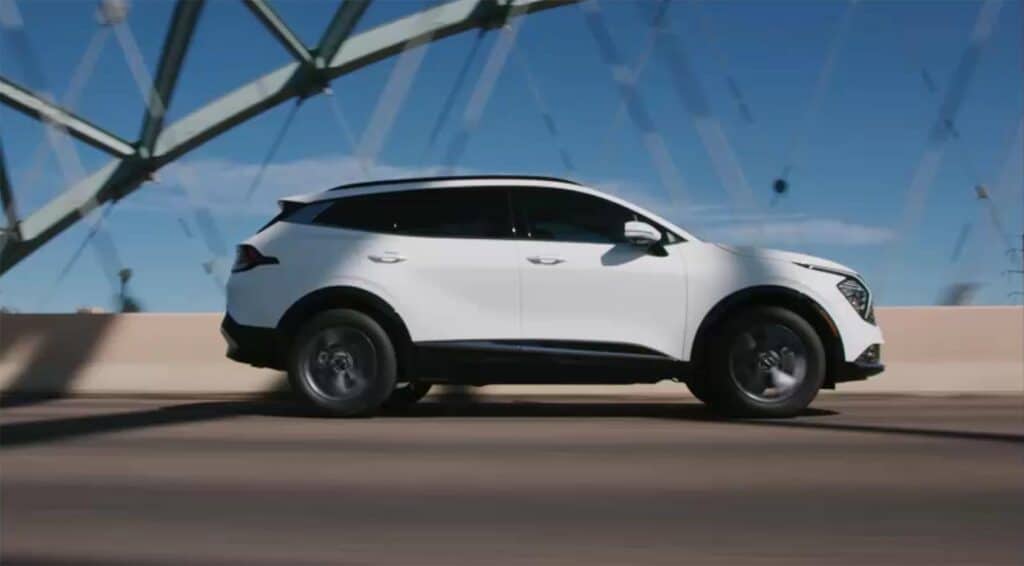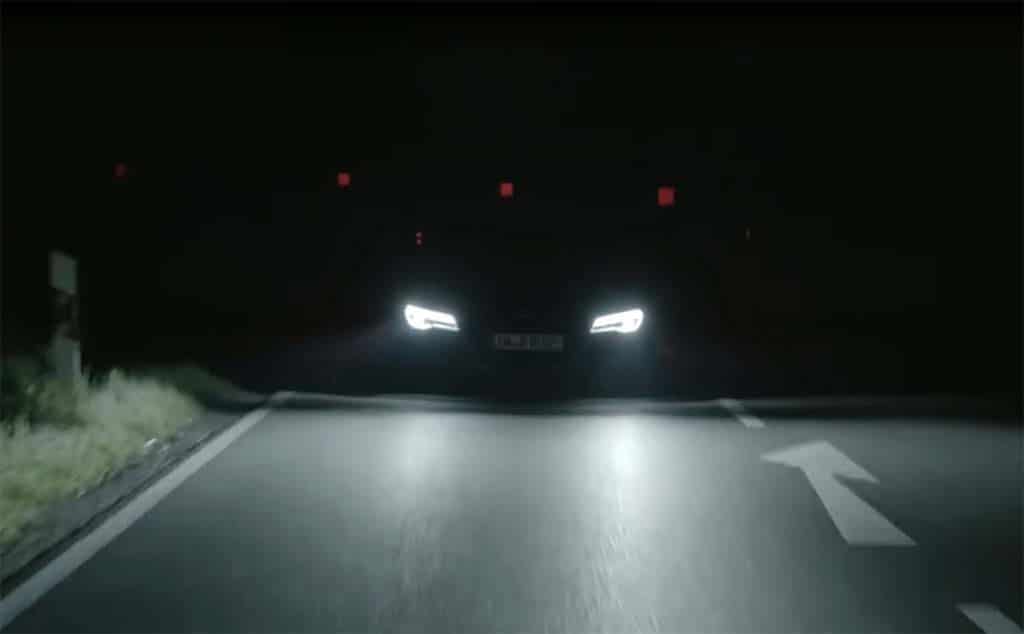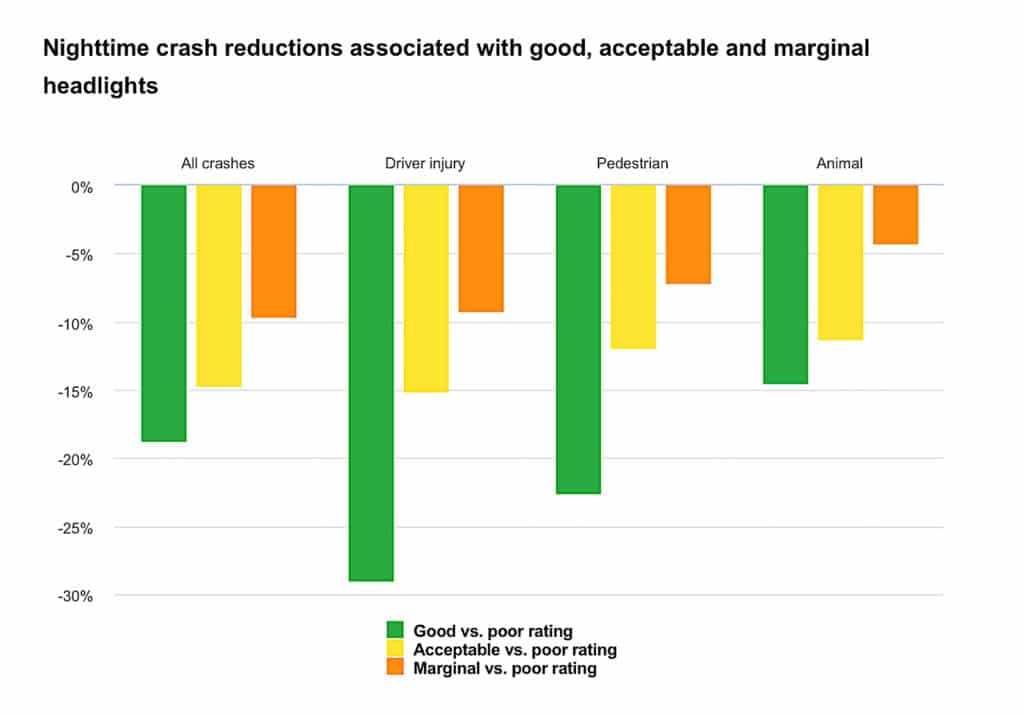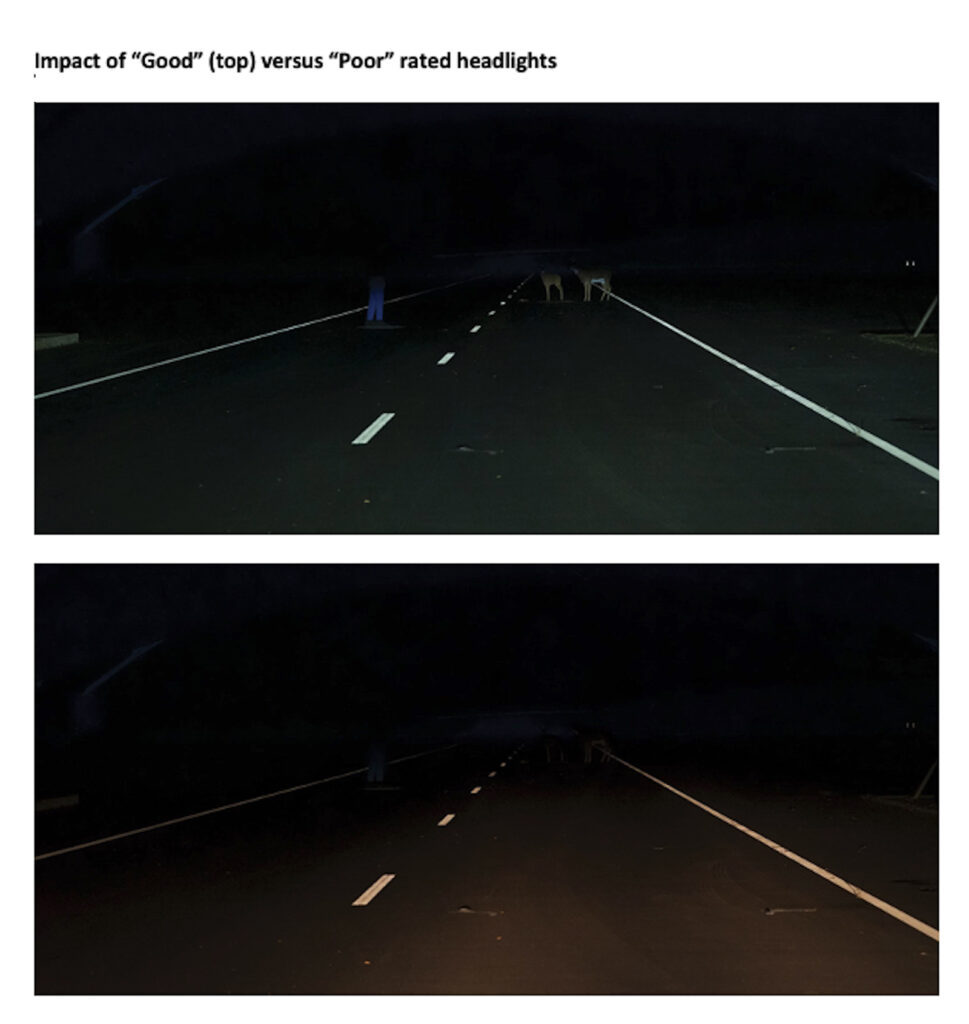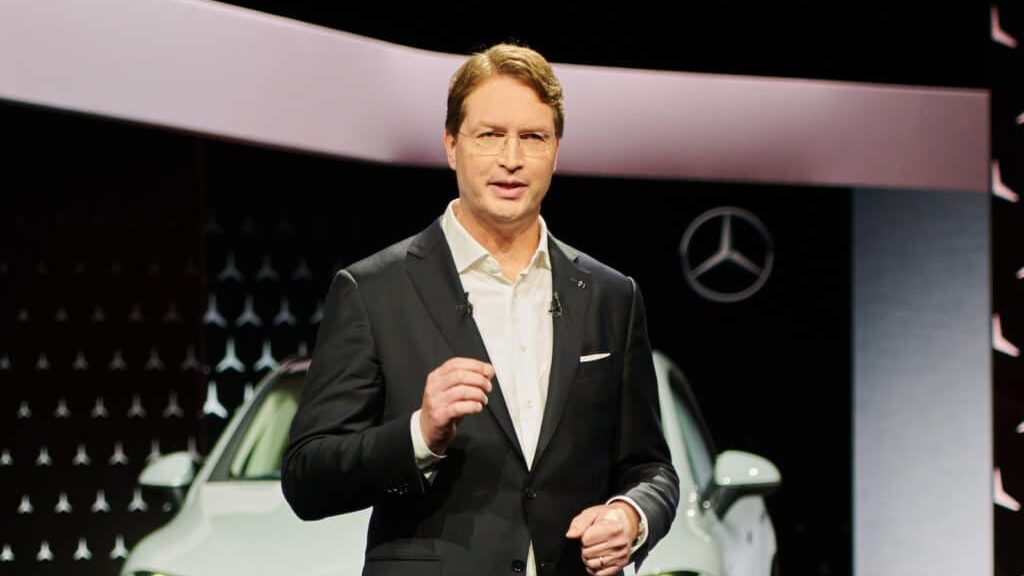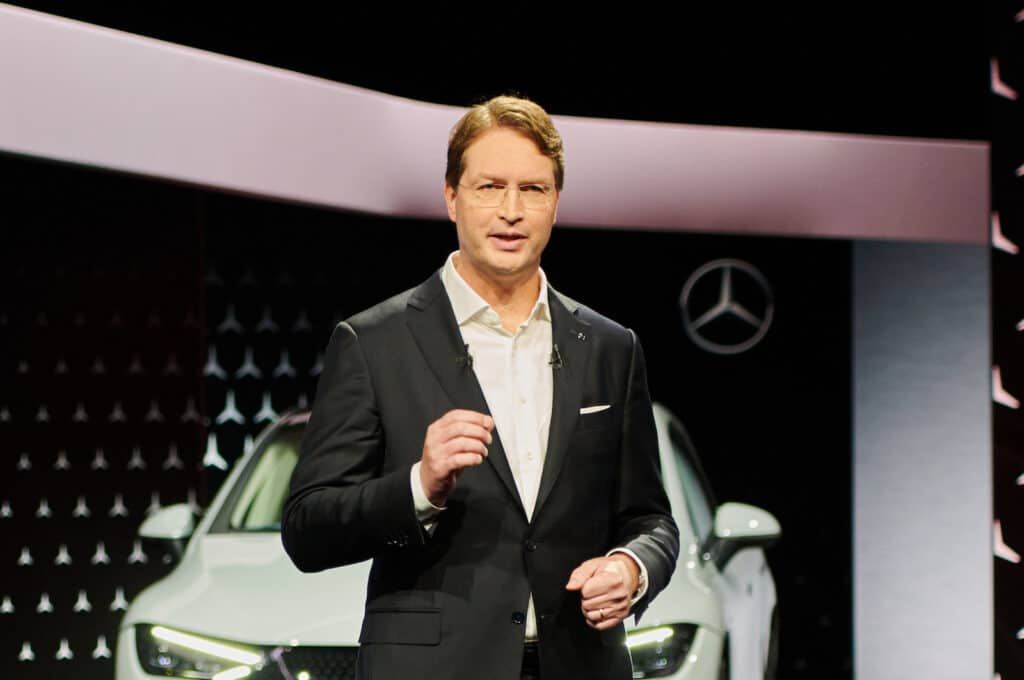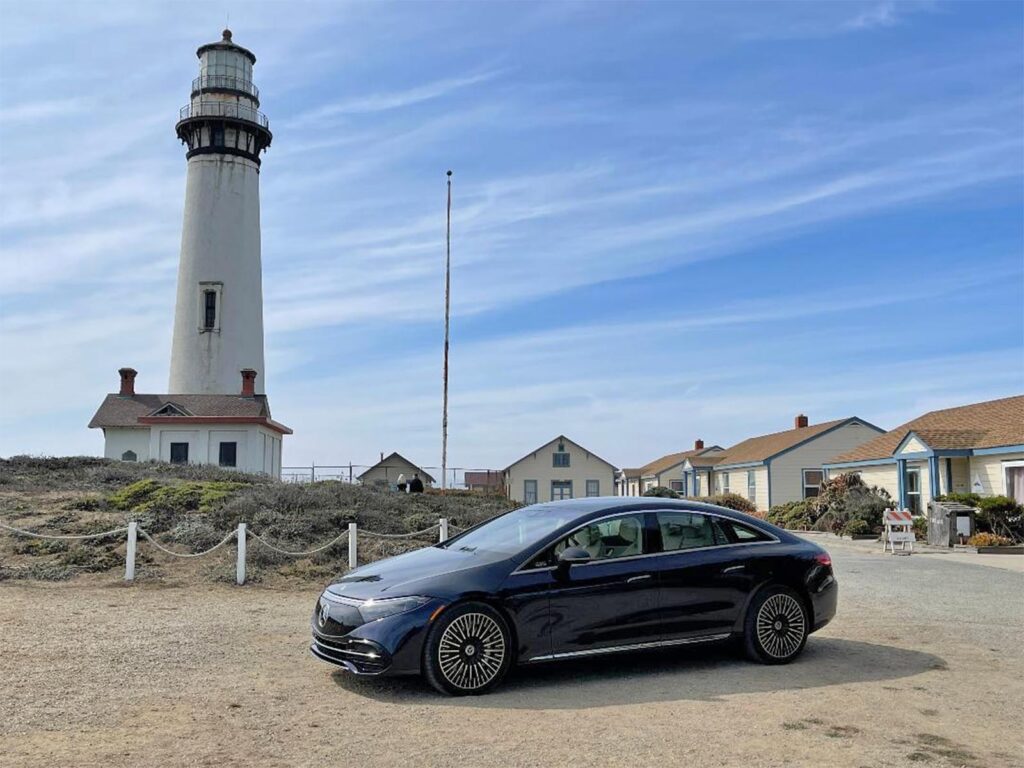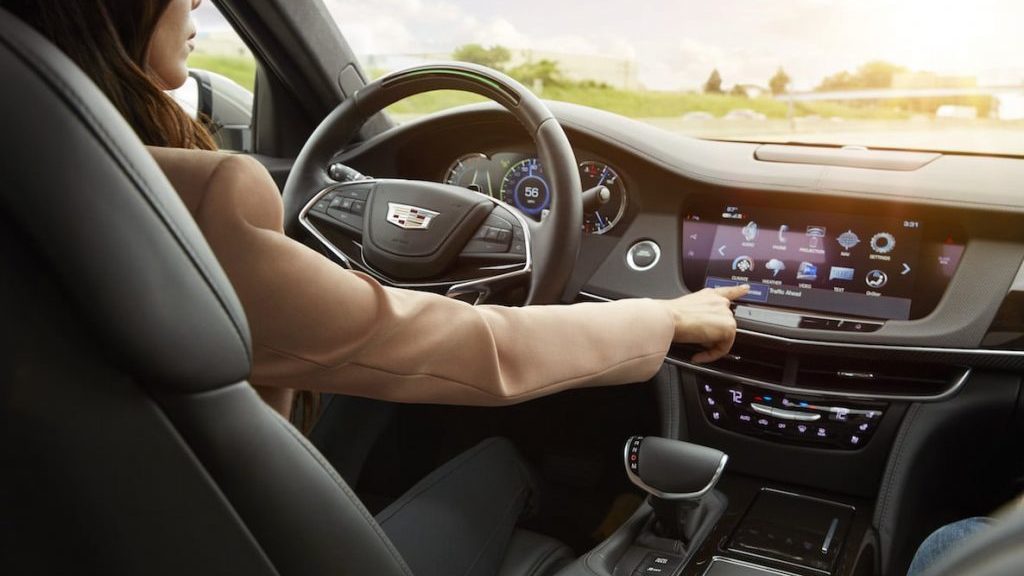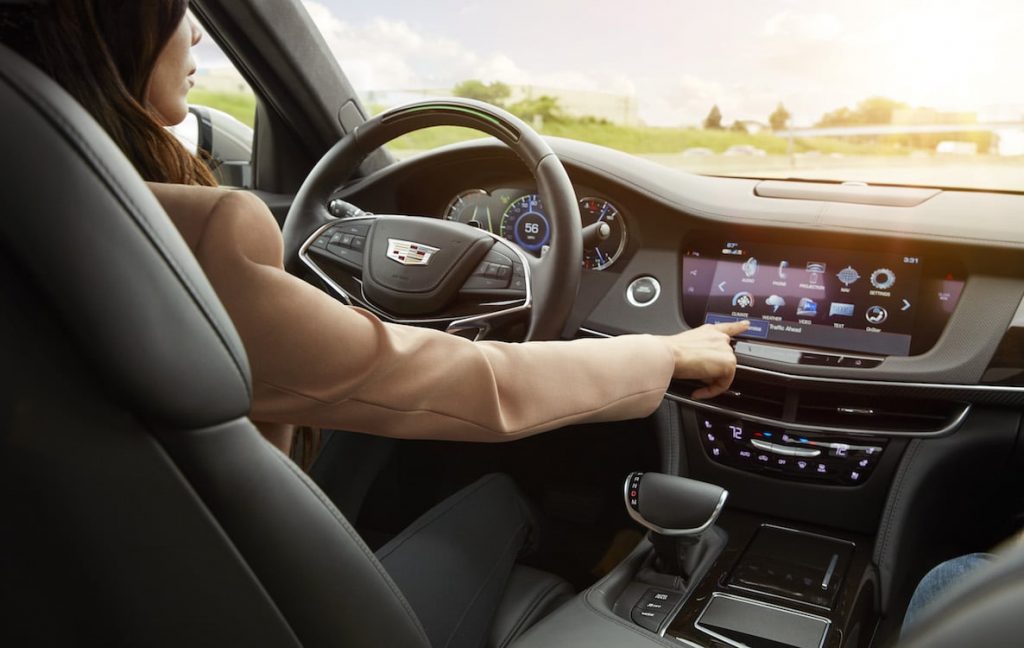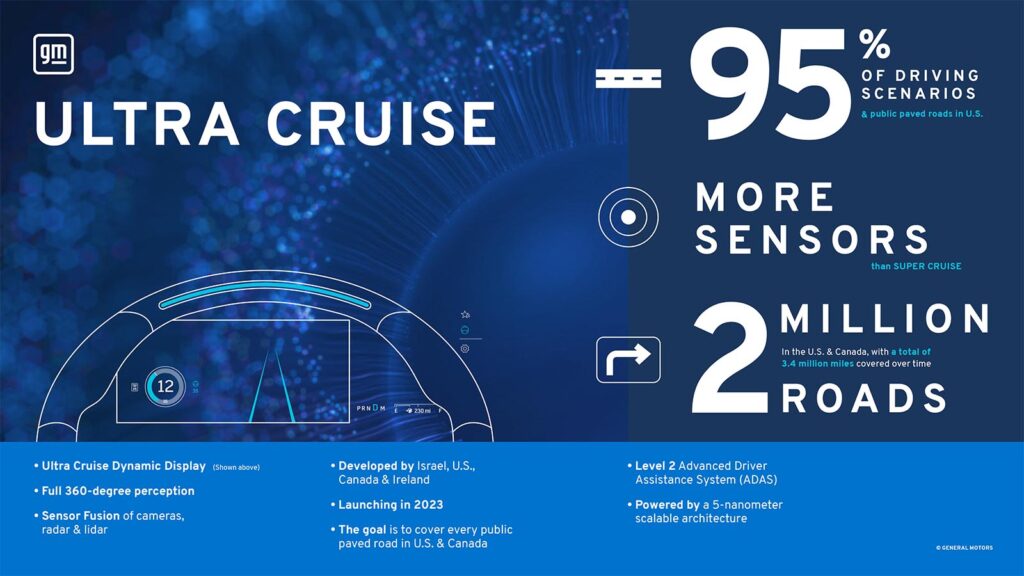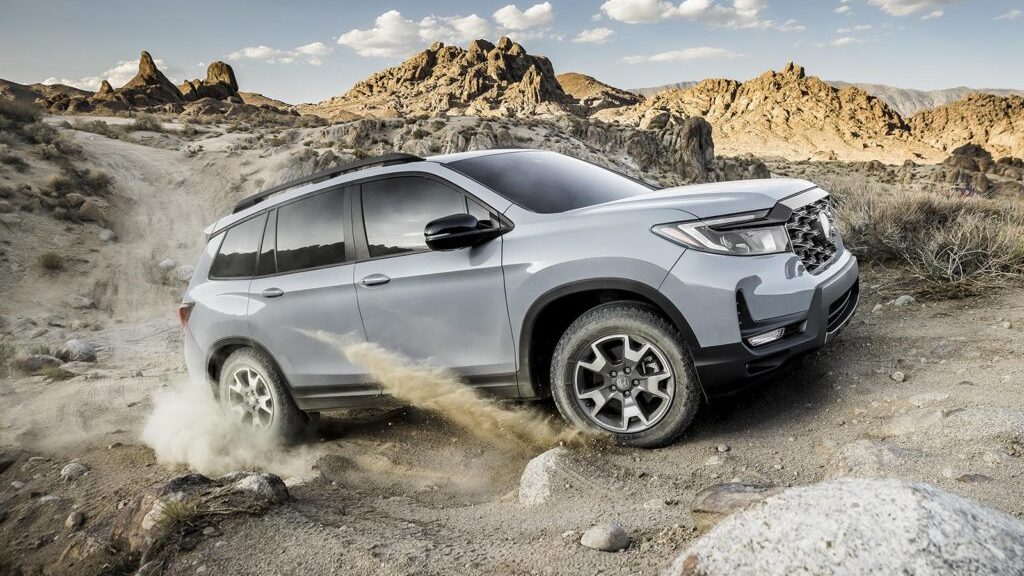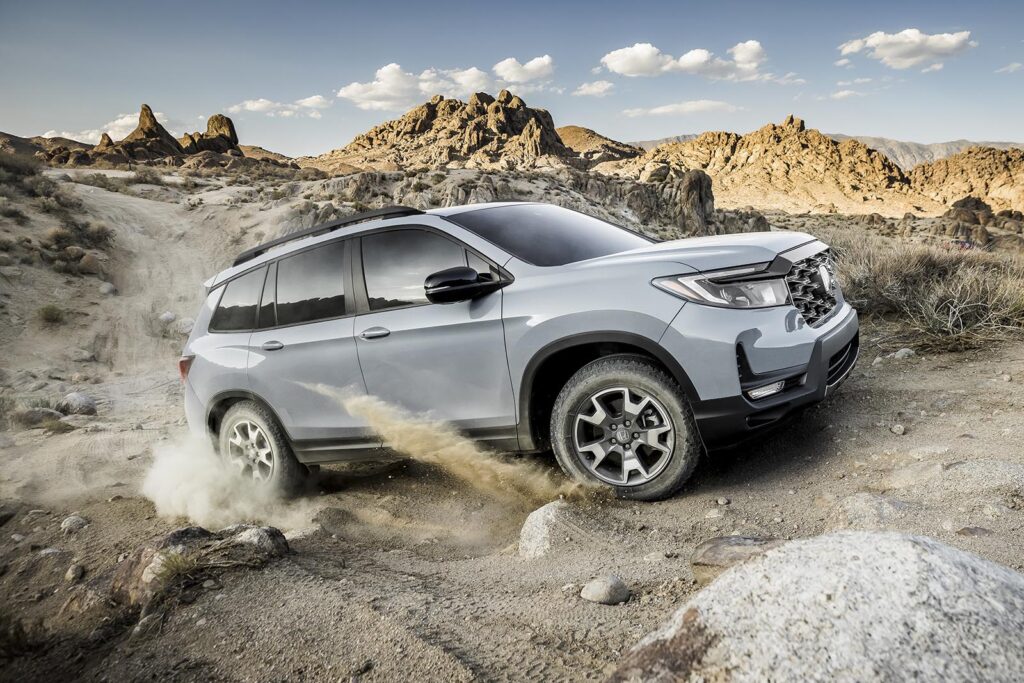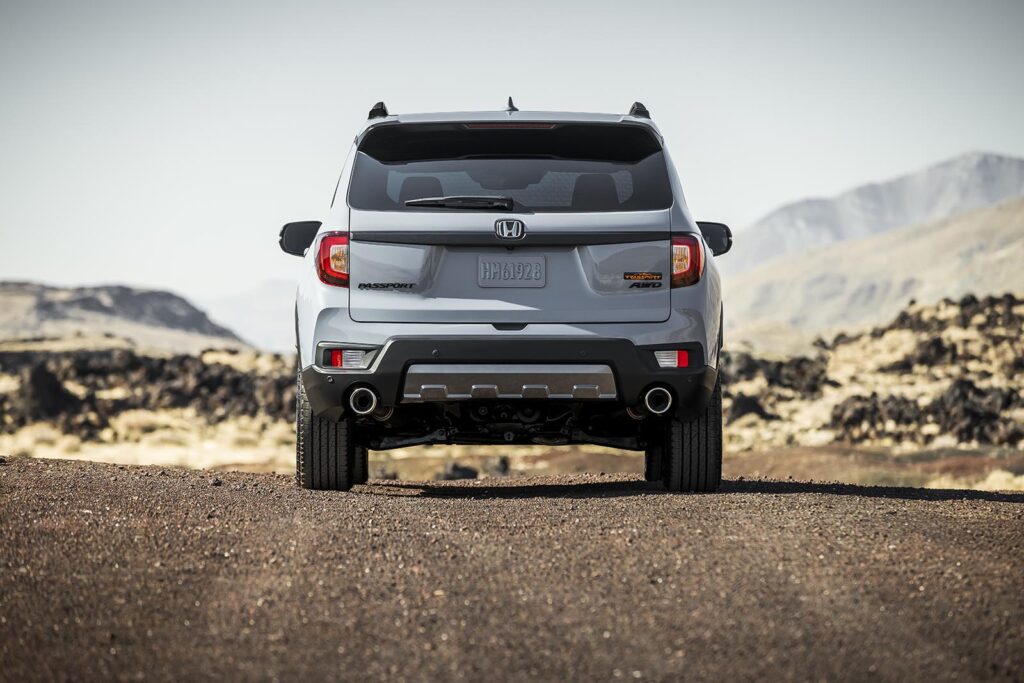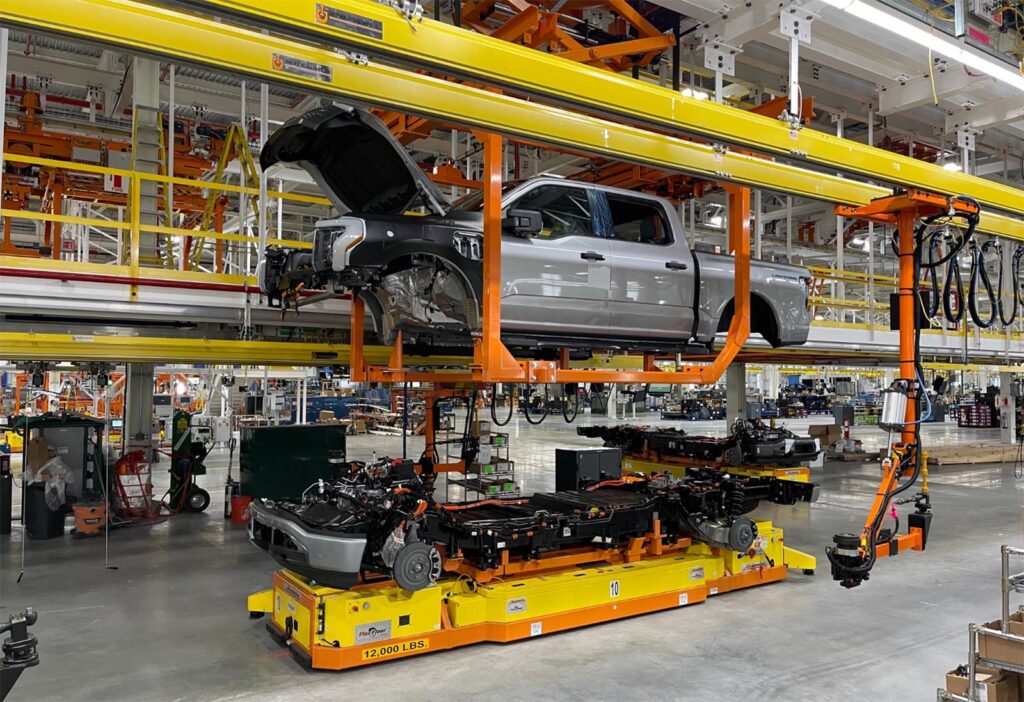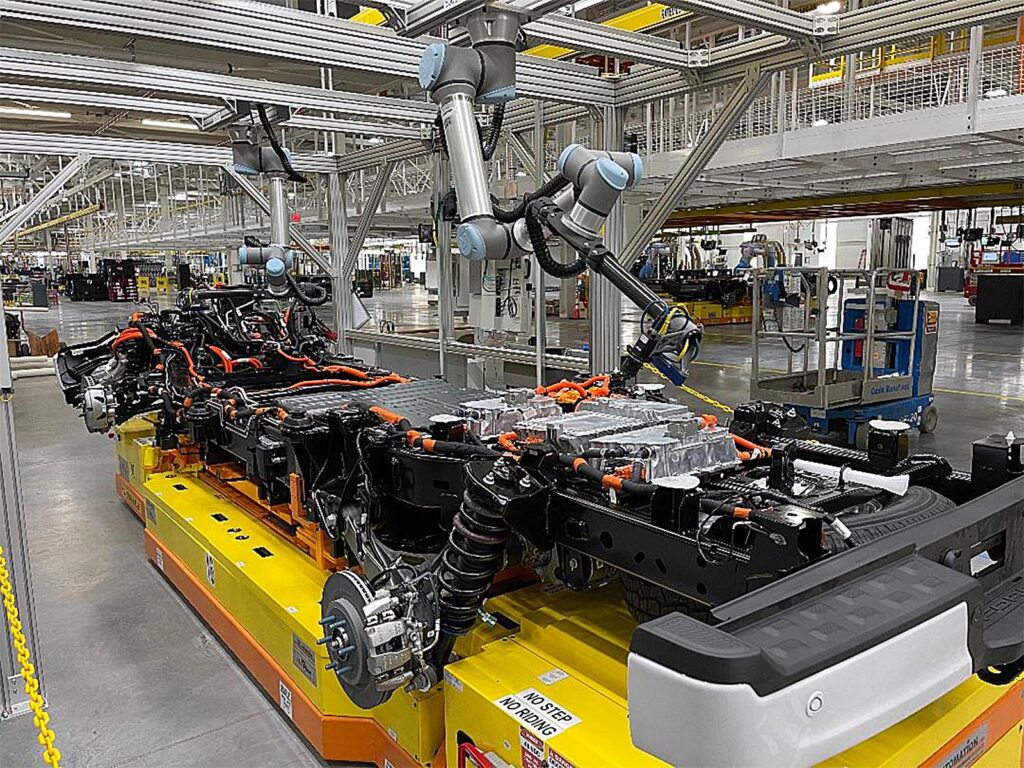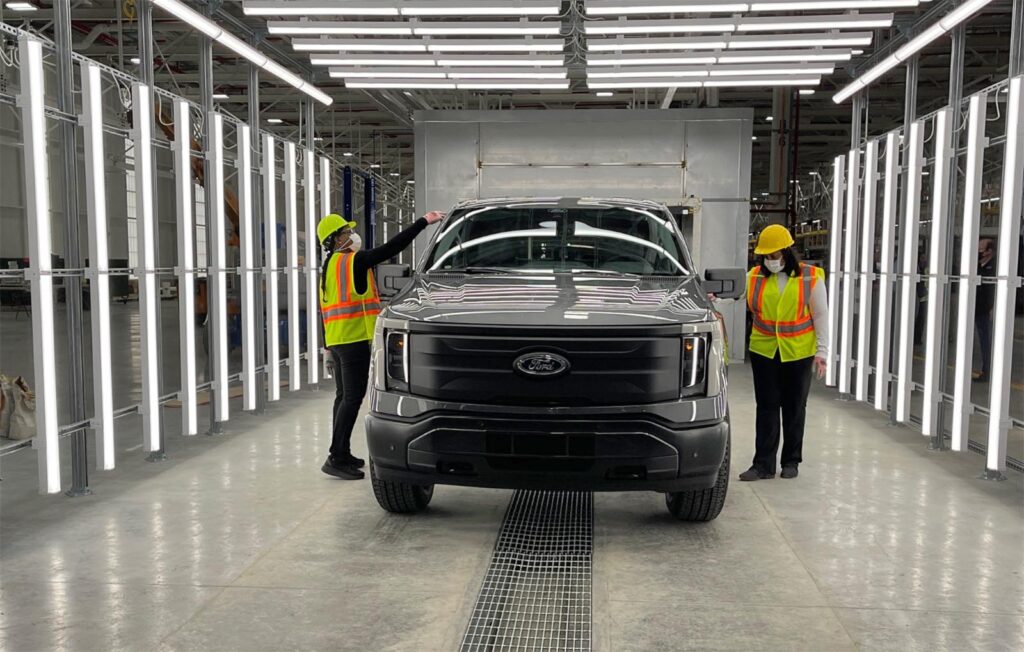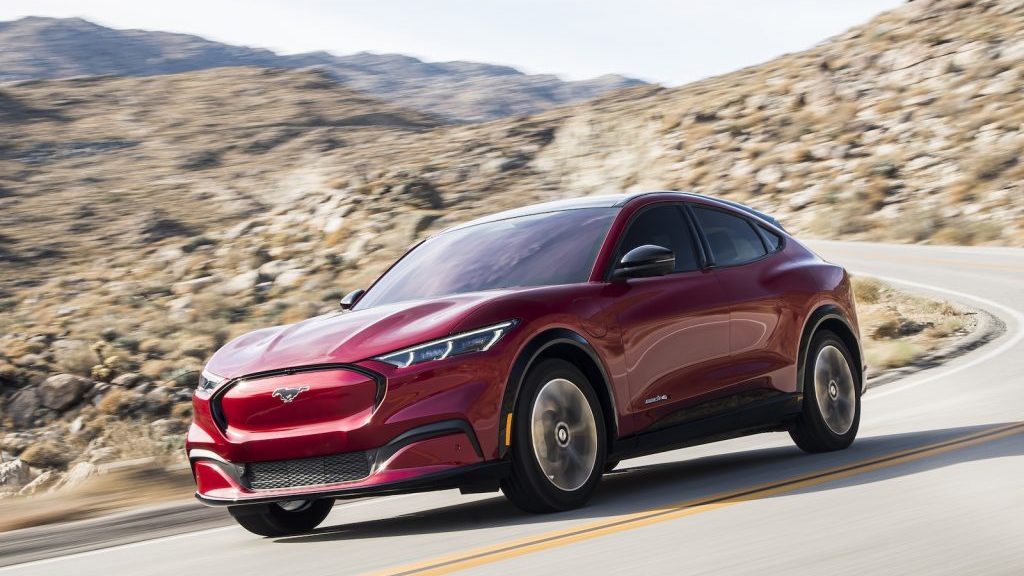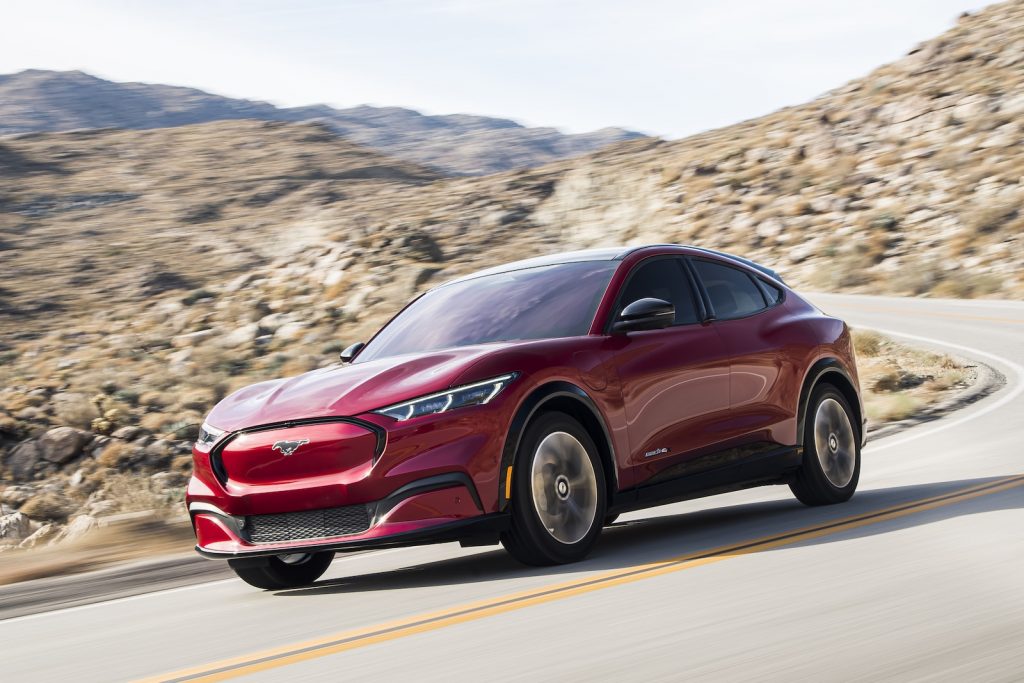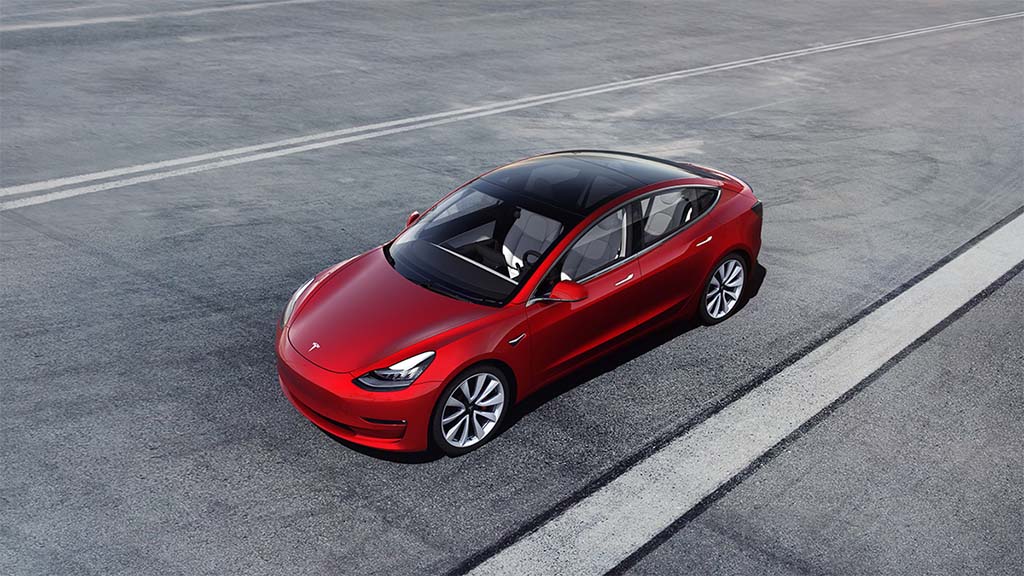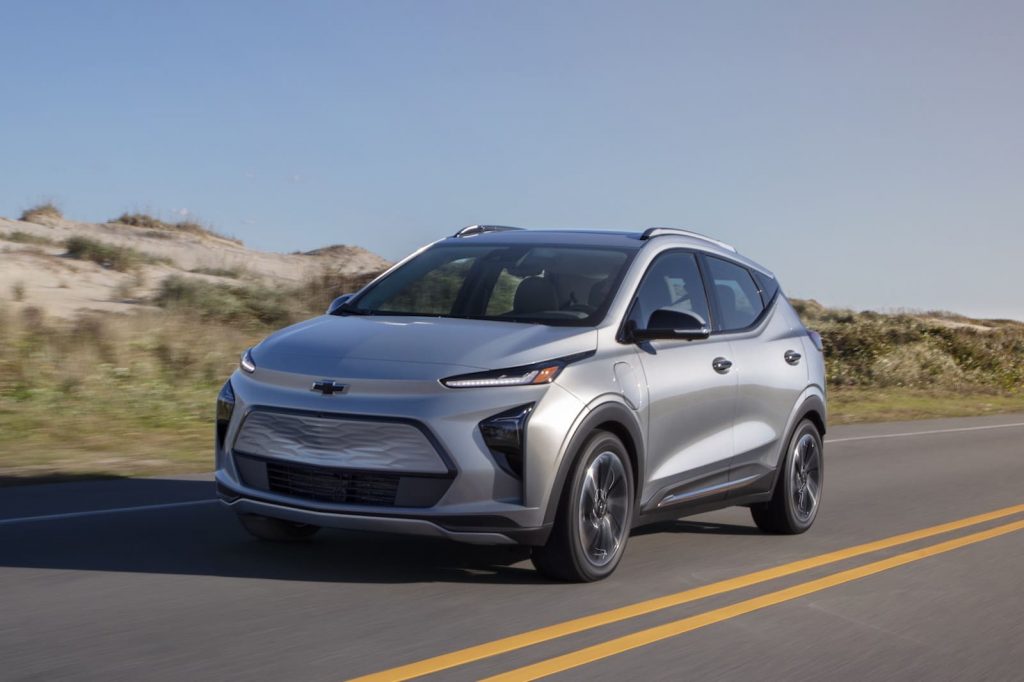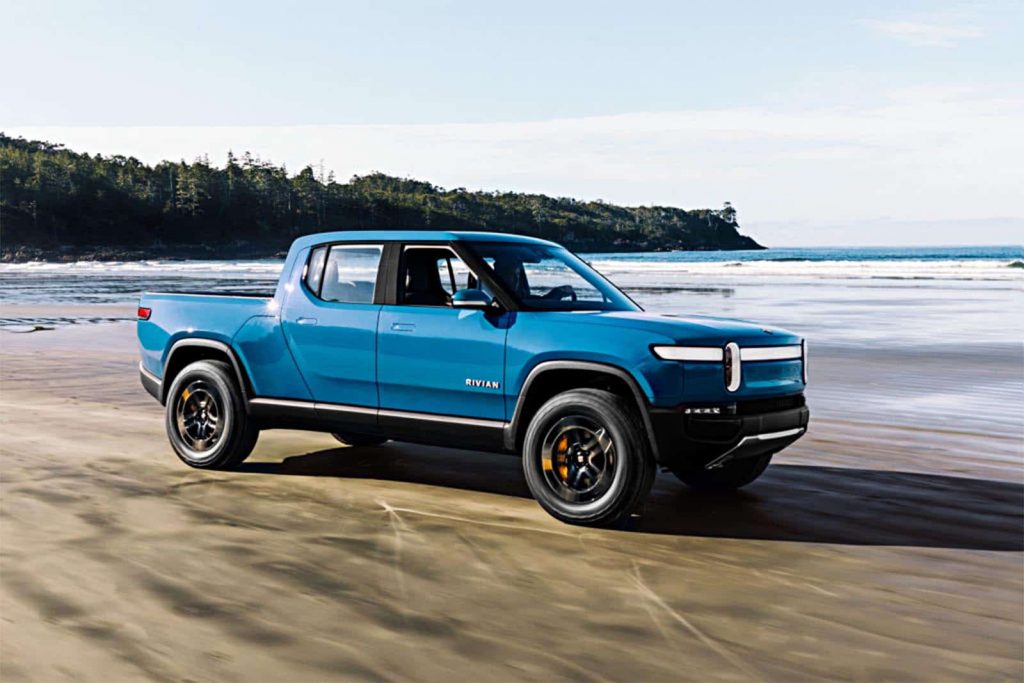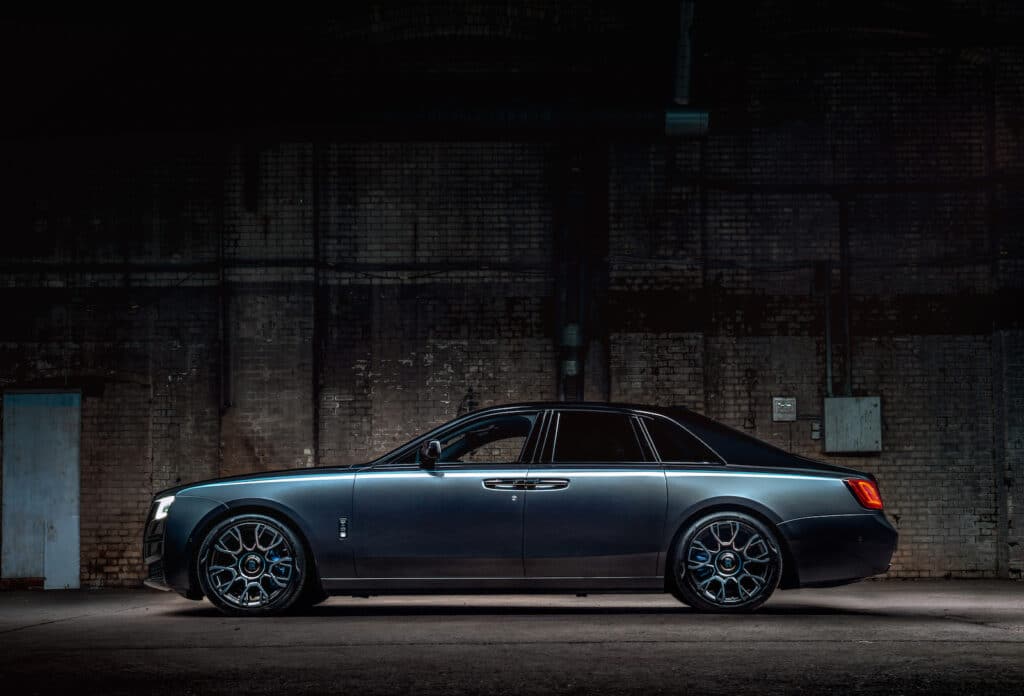
Rolls-Royce revealed a new addition to the Rolls-Royce Ghost line-up in Miami Thursday — the Black Badge — during a North America dealer meeting that saw about 100 retailers meet with the automaker’s top executives.
The automaker revealed the new model to dealers at the Mad nightclub in the hip and trendy Wynnewood section of Miami, and will do the same for customers later this week.
“We just felt this was very Black Badge,” said Richard Carter, director of communications for Rolls-Royce Motor Cars. “It’s very, noir; It’s very alternative; and that’s the essence of Black Badge.”
The Rolls-Royce Ghost Black Badge expands a line-up that began with the Wraith coupe, followed by the Phantom sedan in 2016, the Dawn cabriolet in 2017 and the Cullinan SUV in 2019. The murdered-out Black Badge models now account for more than 27% of Rolls-Royce sales worldwide, including 40% of Cullinan sales.
The darker side of opulence
To realize the Ghost Black Badge’s menacing demeanor, the company uses 100 pounds of the industry’s darkest black paint. The Spirit of Ecstasy and Pantheon Grille are darkened using a chrome electrolyte applied during chrome plating. The new model wears exclusive 21-inch wheels with as many as 44 layers of carbon fiber.
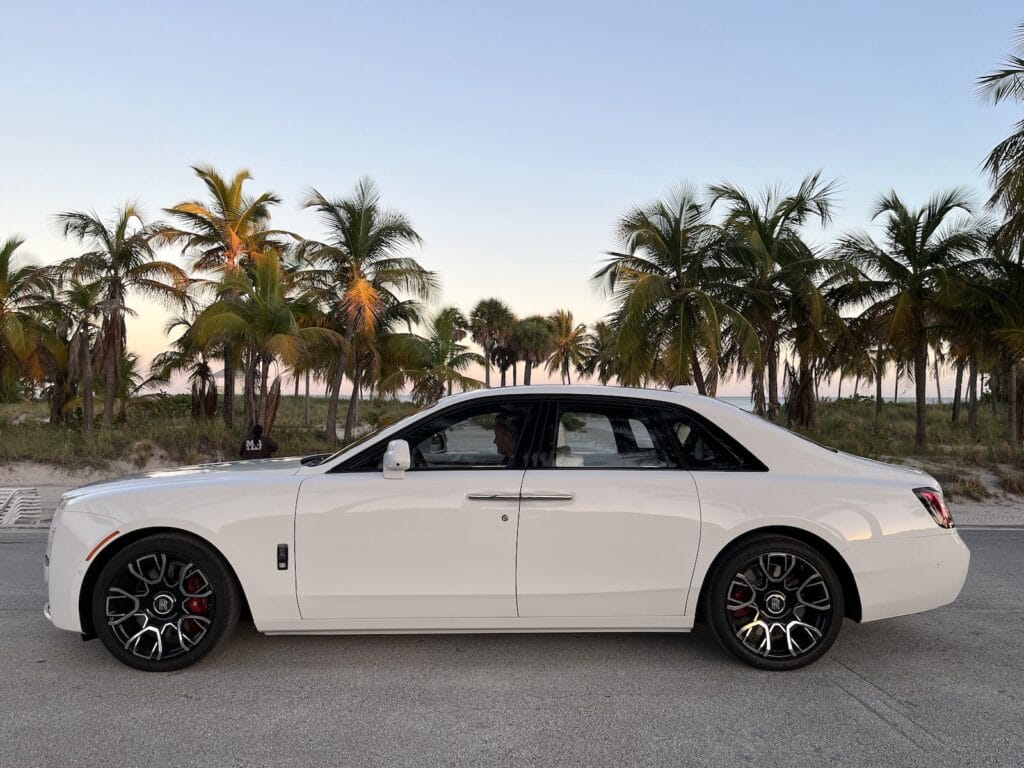
As you’d expect, interior components are darkened including air vents and the wood veneer, along with Black Badge badging and other unique interior touches, although clients are free to specify any number of colors and trim to be used on the car’s interior.
Engineers also contributed, fitting larger air springs to alleviate body roll during assertive cornering. There’s also roughly 29 additional horsepower and a revised transmission to make the Black Badge a bit more athletic. They also reduced brake pedal travel.
A quick turn behind the wheel of pre-production prototypes revealed a car that can be driven more aggressively than your average Ghost. Grip is impressive while cornering, staying firmly planted despite some noticeable body roll. Body motions never become excessive, and rebound over bumps is very well controlled. Yet its agility doesn’t come at the expense of the brand’s legendary comfort.
An idea born in Beverly Hills
The idea of Black Badge occurred in 2014 in Beverly Hills.
“This whole notion of the alter ego of Rolls Royce, the slightly noir, naughty, edgy side of Rolls Royce is something that we were thinking about. We were looking at ways and means of lowering the age profile of our brand,” Carter said.
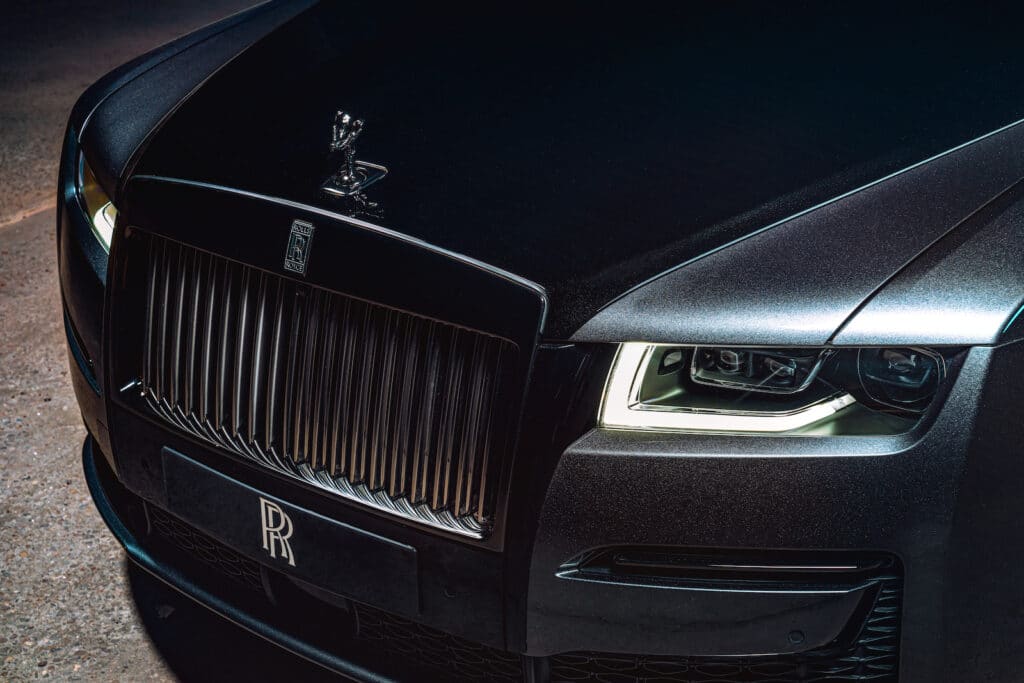
At the time, the brand had one model, the Phantom, and an average buyer’s age of 57. “We were selling one model to a dying set of customers, and there was no future in that,” he said.
At the time, the company was about to release the first-generation Ghost, followed by its two-door spinoff, the Wraith, both of which would attract younger buyers. But the company needed more. They were searching for an idea, but hadn’t settled on anything yet.
Torsten Müller-Ötvös, chief executive officer, Rolls-Royce Motor Cars, was waiting for a car to pick him up at the SLS Hotel in Beverly Hills when a murdered-out Phantom Coupe pulled up. Ötvös was stunned, and asked the owner why he modified his Phantom.
“He told me over the weekend, that he wants to be a different kind of character,” Ötvös said. “For some of the week, he is friendly and nice. But over the weekend, he wants to be something different. He enjoyed playing a different role; how he was dressed, looked and talked.”
A couple weeks later, Ötvös had similar experiences particularly in the United States, particularly in California. This led to the creation of Black Badge at a time where murdered-out cars weren’t mainstream.
A surprising success
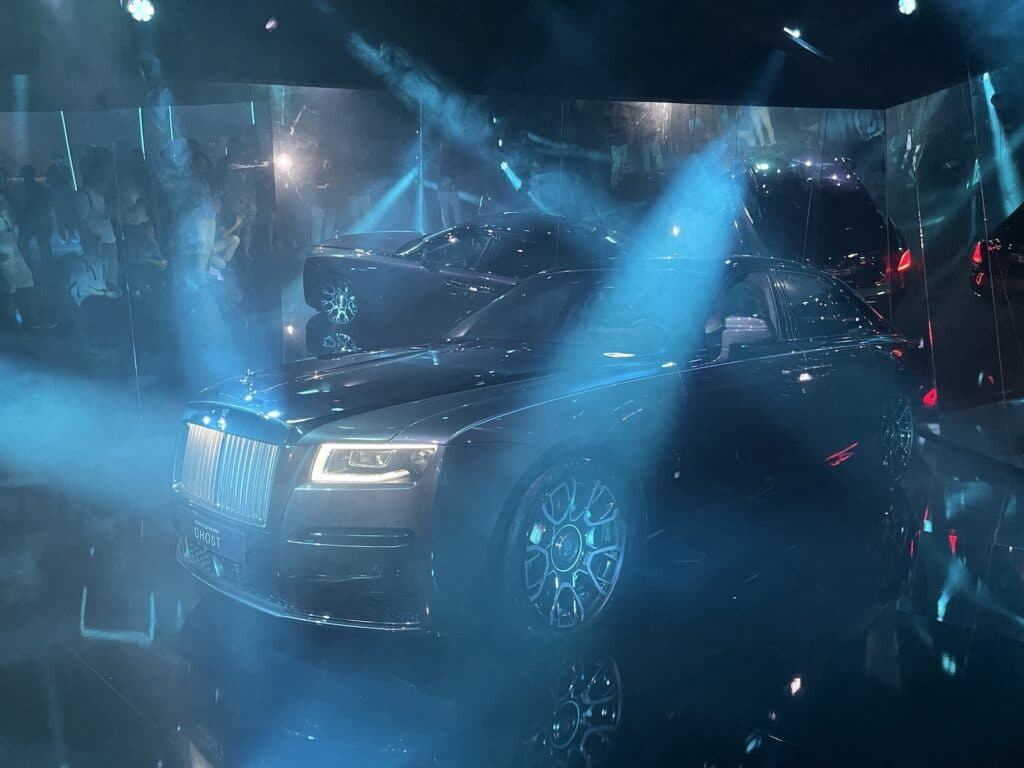
Initially, executives expected Black Badge models to have a 10%-15% take rate. But they were mistaken. It turned out to be a stunning success, with a far higher take rate. Currently, Black Badge represents 40% of Cullinan sales. Black Badge, along with new models like Ghost, Wraith and Cullinan, have brought the average Rolls-Royce buyer’s age down to 43, quite a large drop in a little less than a decade.
“We are even younger than Mini as a brand in the BMW Group,” Ötvös said, who then explained that the type of wealthy car buyer has changed.
“When you look into ultra-high net worth individuals, those people who are our target group worldwide, they became younger and younger over time because the way to generate wealth is very, very different from what it used to be 15-to-20 years ago.”
Rolls-Royce sees its Black Badge line as one that appeals to iconoclasts, a type of buyer that the brand has always attracted, particularly during the pre-World War II years, when all coachwork was custom built.
“Black Badge was the most instrumental piece we had in an all-new brand strategy to massively decrease the average age and illuminate the brand in a significant way,” Ötvös said.
Mission accomplished.
For GREAT deals on a new or used Nissan check out Route 22 Nissan TODAY!

